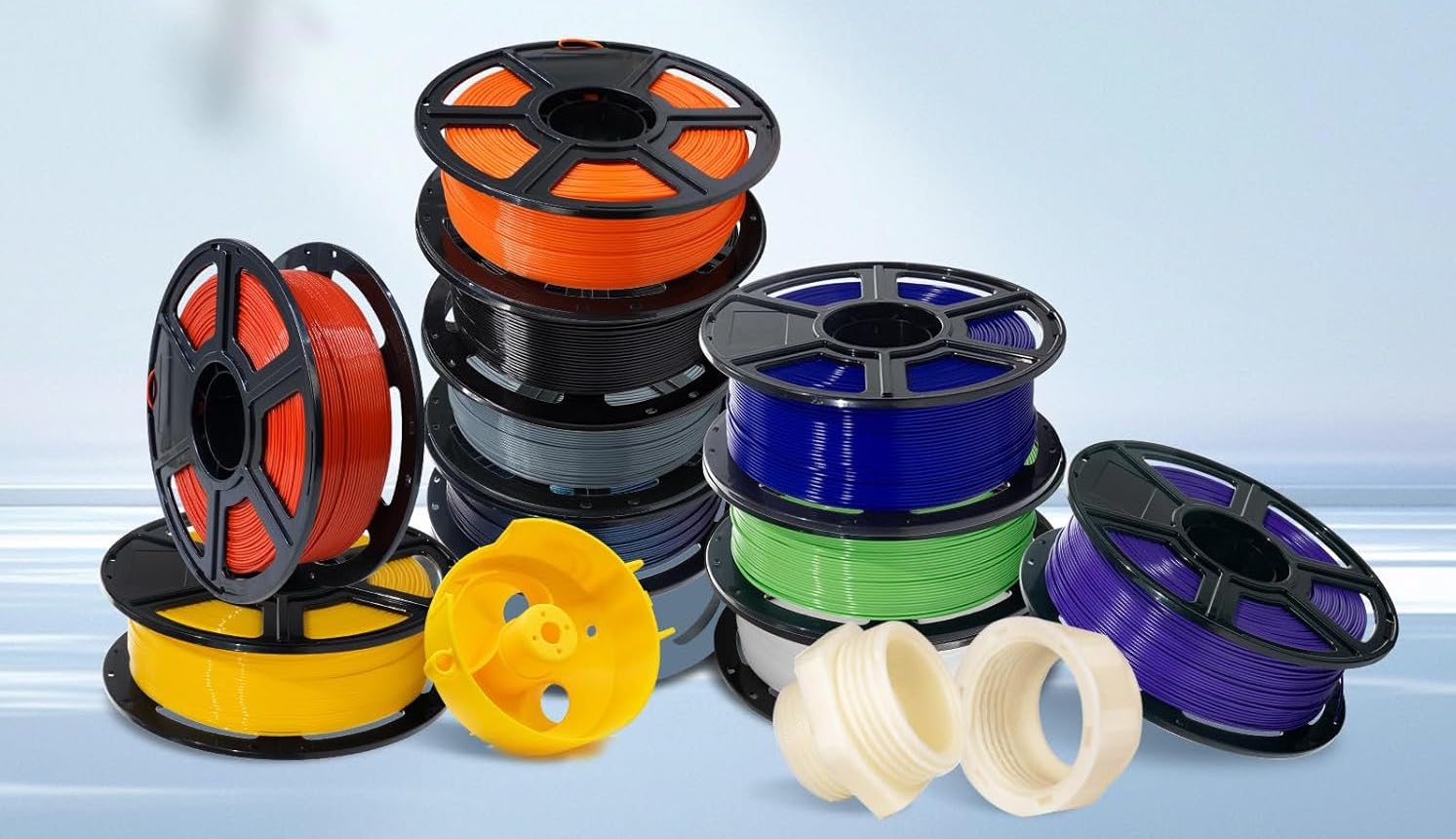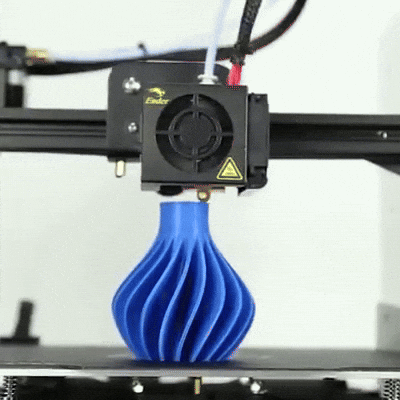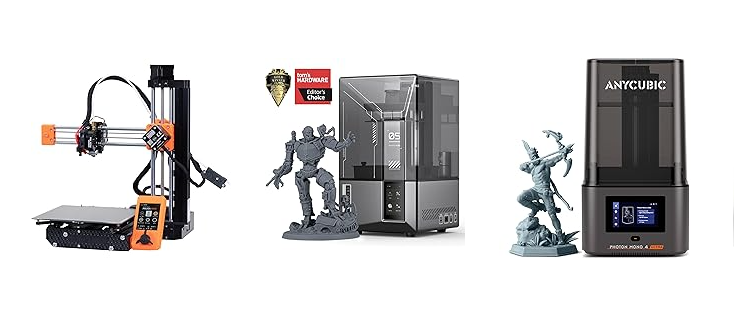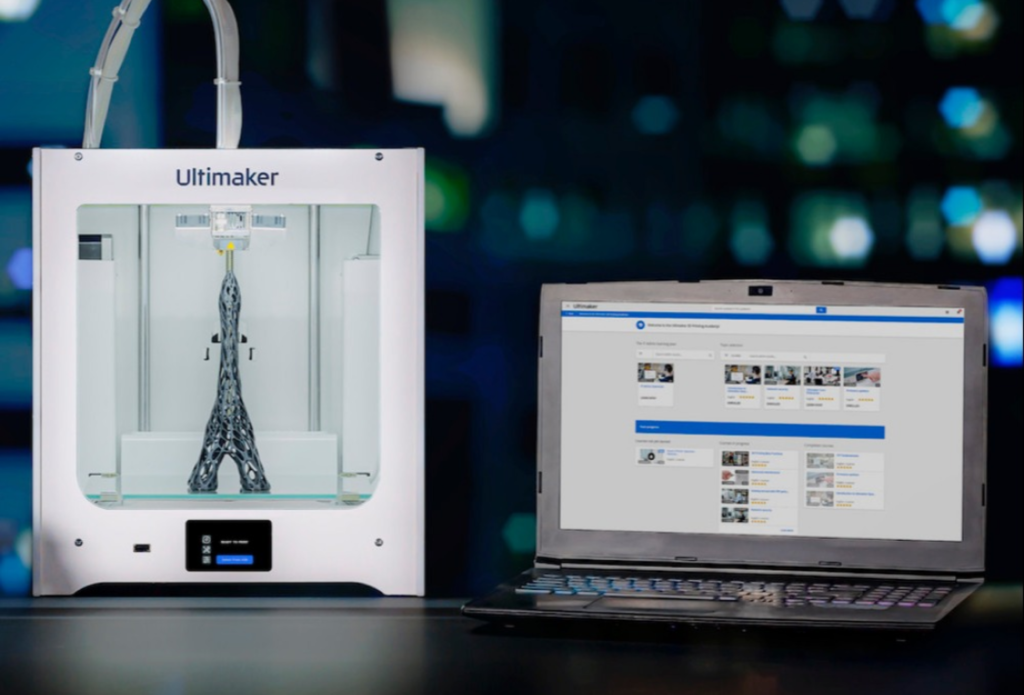PLA vs. ABS: Which Is Better for 3D Printing?
When diving into the world of 3D printing, one of the most common dilemmas enthusiasts face is choosing between PLA and ABS filaments. Both materials have unique properties that cater to different printing needs. Let’s explore the characteristics of each to help you make an informed decision.
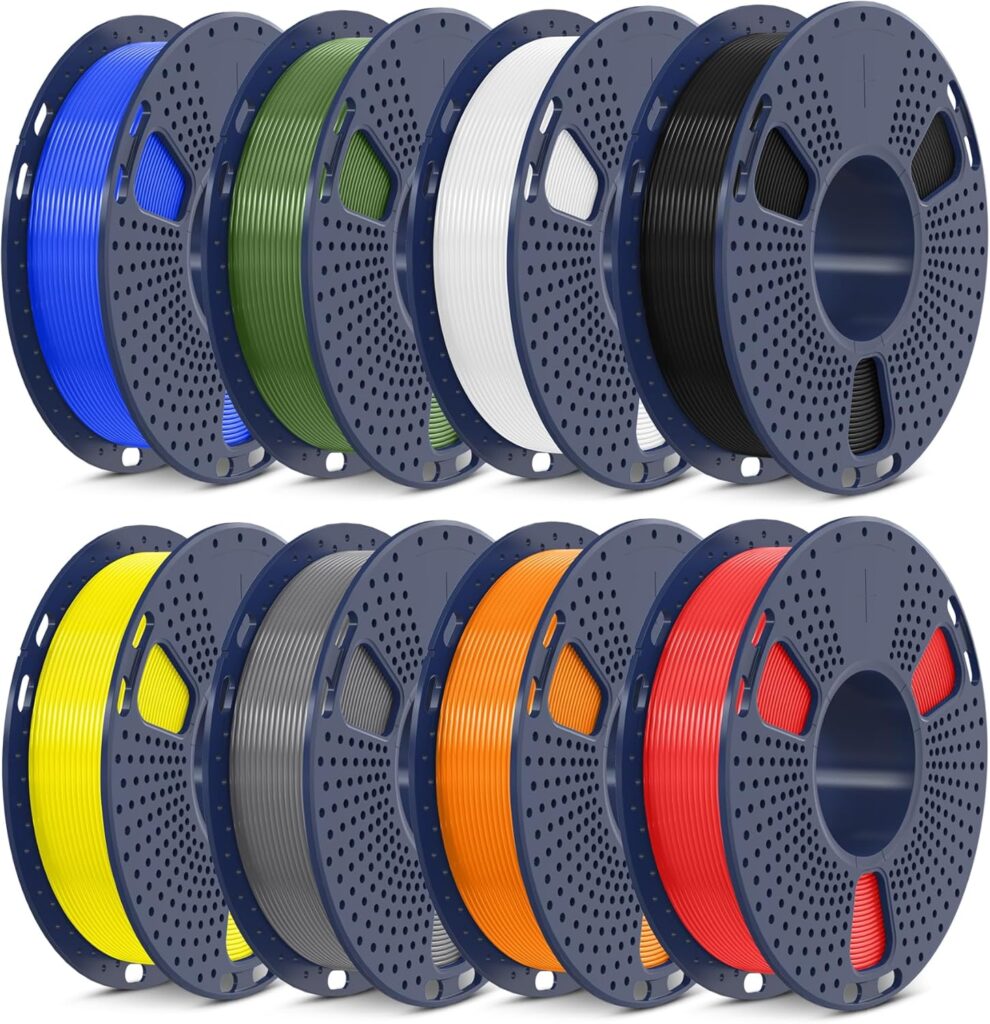
Understanding PLA and ABS
PLA (Polylactic Acid):
- Ease of Use: PLA is renowned for its user-friendly nature. It prints at lower temperatures and doesn’t require a heated bed, making it ideal for beginners.
- Environmental Friendliness: Derived from renewable resources like cornstarch, PLA is biodegradable under specific conditions, appealing to eco-conscious users.
- Print Quality: It offers a smooth finish and is excellent for detailed prints. However, PLA is more brittle and less heat-resistant compared to ABS.
- Applications: PLA is widely used for decorative models, prototypes, and non-functional parts that do not require high strength or heat resistance.
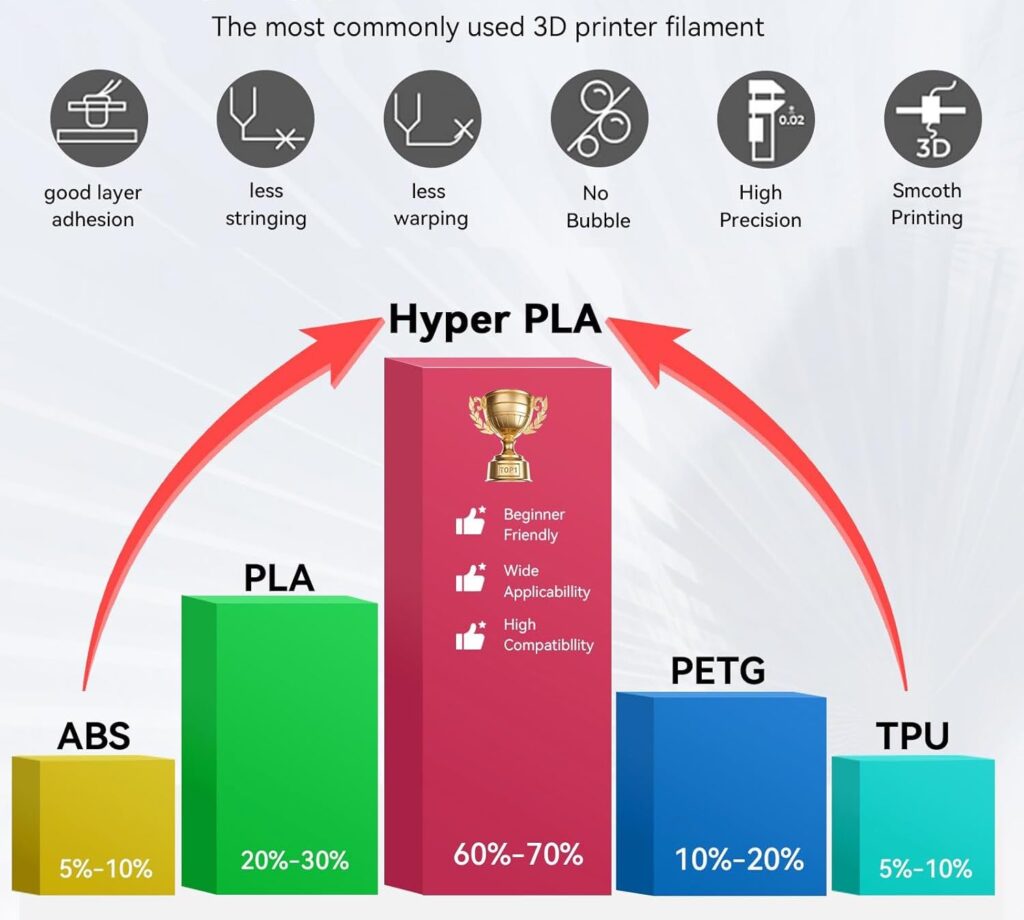
ABS (Acrylonitrile Butadiene Styrene):
- Durability: ABS is known for its toughness and impact resistance, making it suitable for functional parts and prototypes.
- Heat Resistance: It can withstand higher temperatures, which is beneficial for parts exposed to heat.
- Printing Challenges: ABS requires higher printing temperatures and a heated bed to prevent warping. An enclosed printing environment is often recommended to maintain temperature consistency.
- Applications: ABS is commonly used for automotive parts, tool casings, and engineering-grade components that require strength and durability.
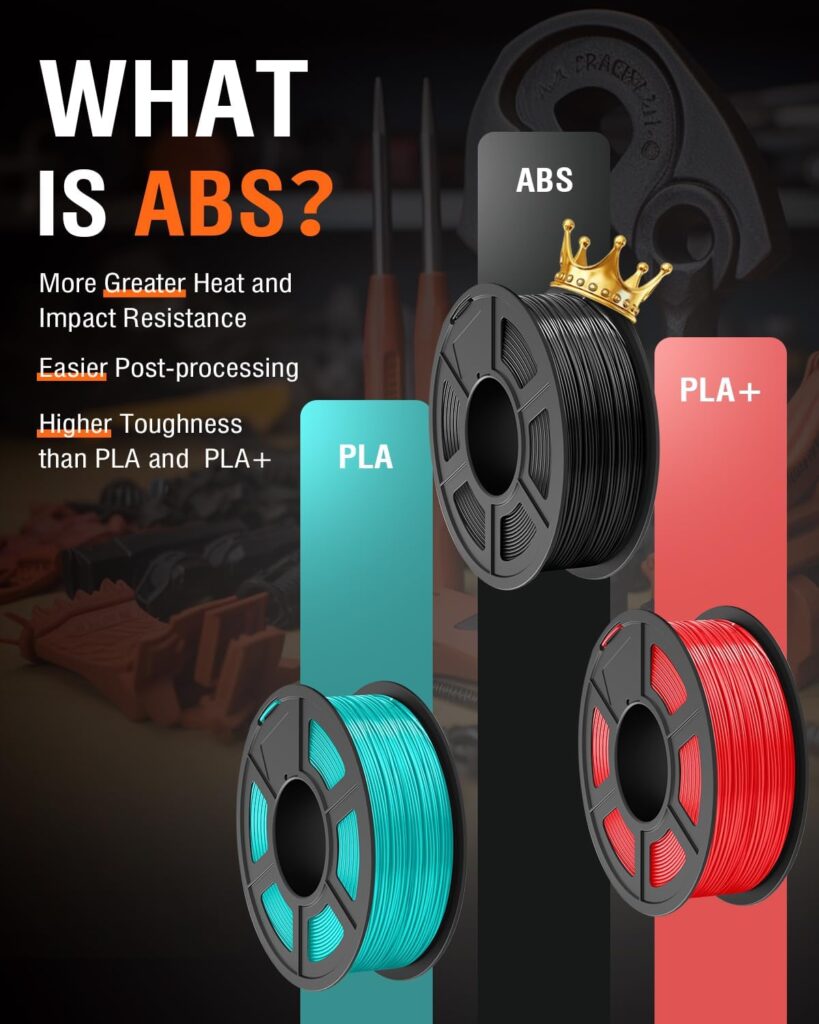
Key Differences Between PLA and ABS
- Strength and Flexibility: While both materials have similar tensile strengths, ABS offers better ductility, allowing it to bend before breaking. PLA, on the other hand, is stiffer but more brittle.
- Environmental Impact: PLA is biodegradable under industrial composting conditions, whereas ABS is derived from petroleum and is not biodegradable.
- Printing Environment: PLA emits a sweet odor during printing, whereas ABS can release stronger fumes, necessitating proper ventilation.
- Post-Processing: ABS can be smoothed using acetone vapor, making it ideal for professional-looking finishes, while PLA typically requires sanding and painting.
Top-Rated Filaments on Amazon
To assist you further, here are some highly-rated PLA and ABS filaments available on Amazon:
1. OVERTURE PLA Filament 1.75mm

This filament boasts dimensional accuracy of +/- 0.02mm and is compatible with most FDM printers. Users appreciate its consistent quality and ease of printing. View Now on Amazon
2. SUNLU ABS Filament 1.75mm
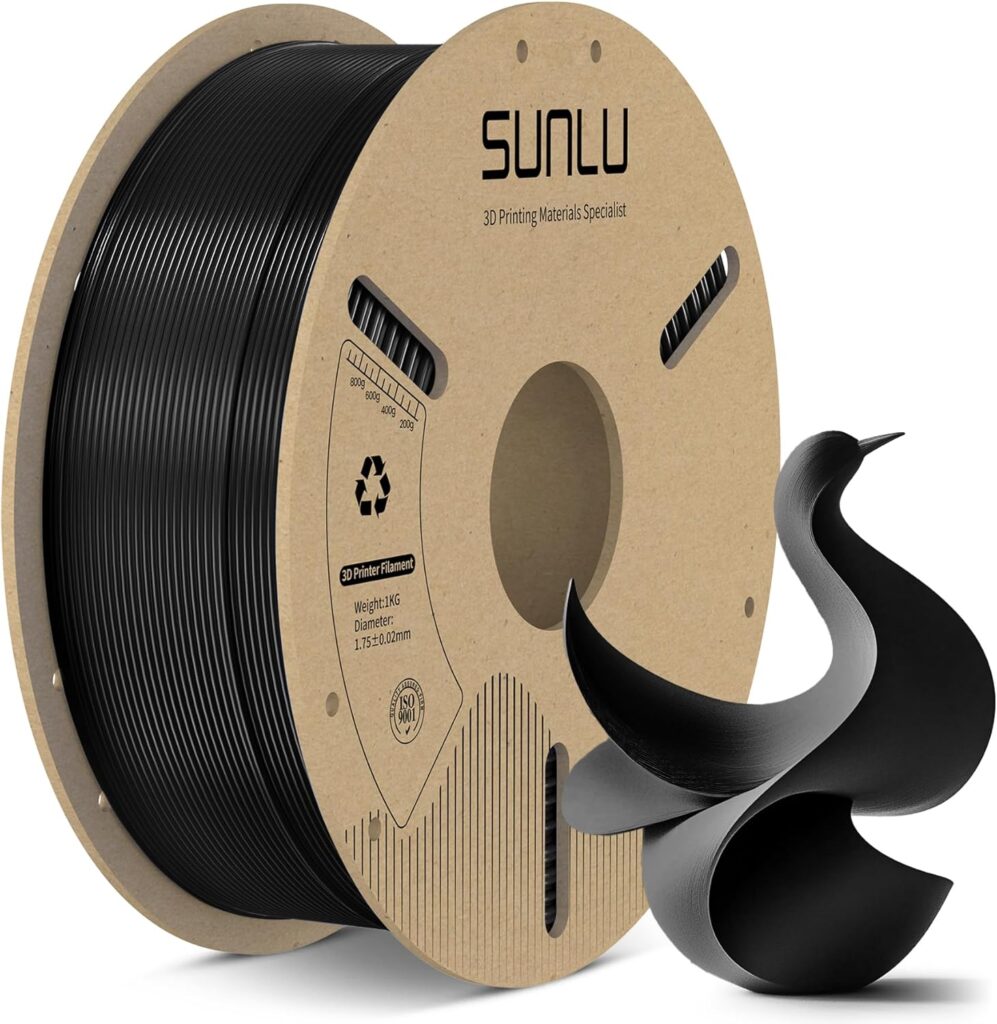
Known for its durability and heat resistance, SUNLU’s ABS filament is designed to minimize warping and ensure smooth printing.
3. Polymaker ABS Filament 1.75mm
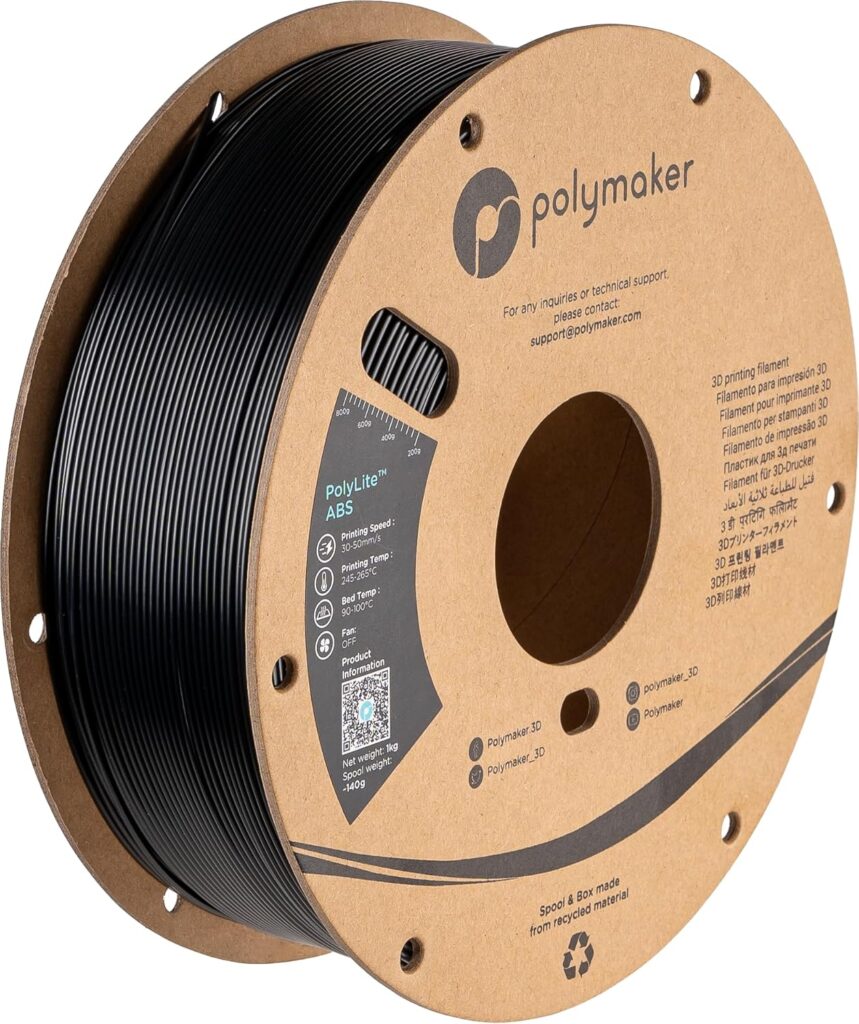
Polymaker offers a strong and durable ABS filament with excellent heat resistance, suitable for functional parts and prototypes.
4. HATCHBOX PLA 3D Printer Filament
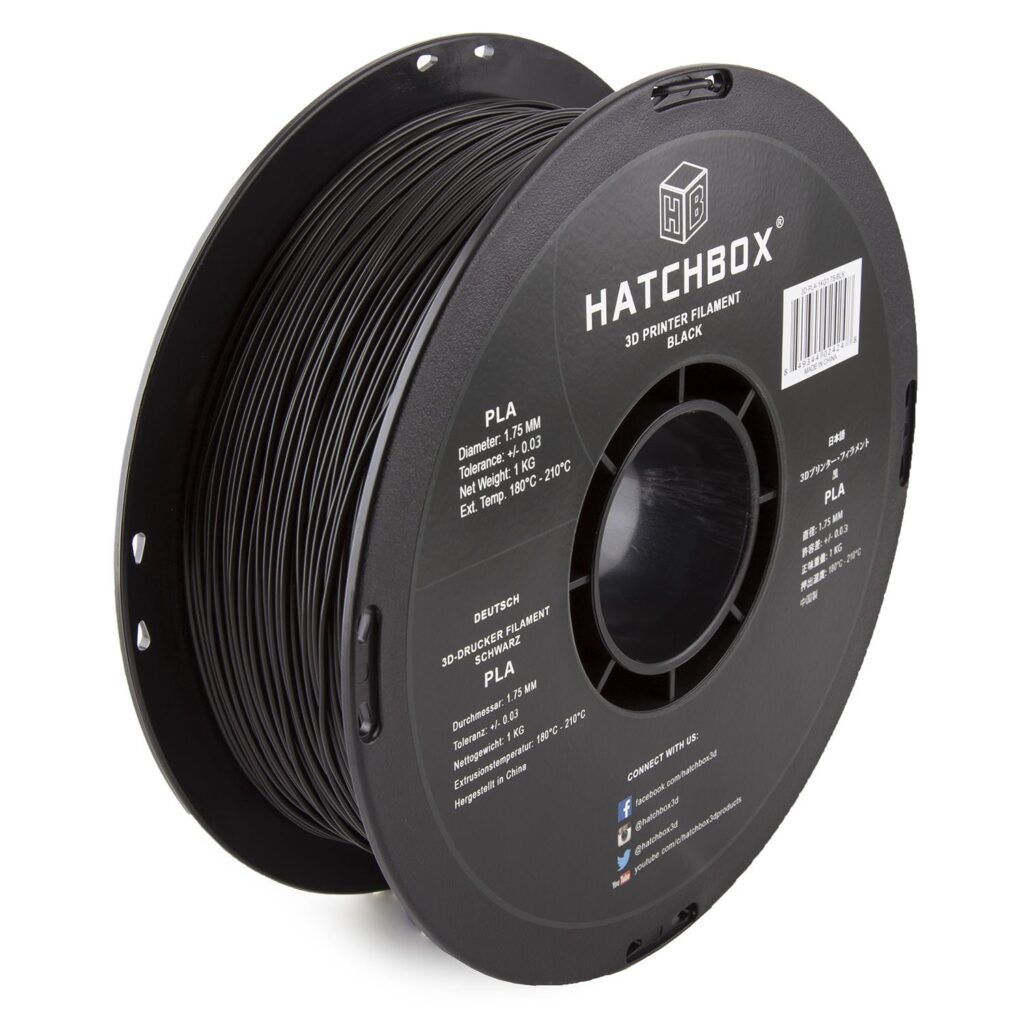
HATCHBOX provides a reliable PLA filament known for its smooth finish and minimal warping, making it a favorite among hobbyists.
5. OVERTURE ABS Filament 1.75mm
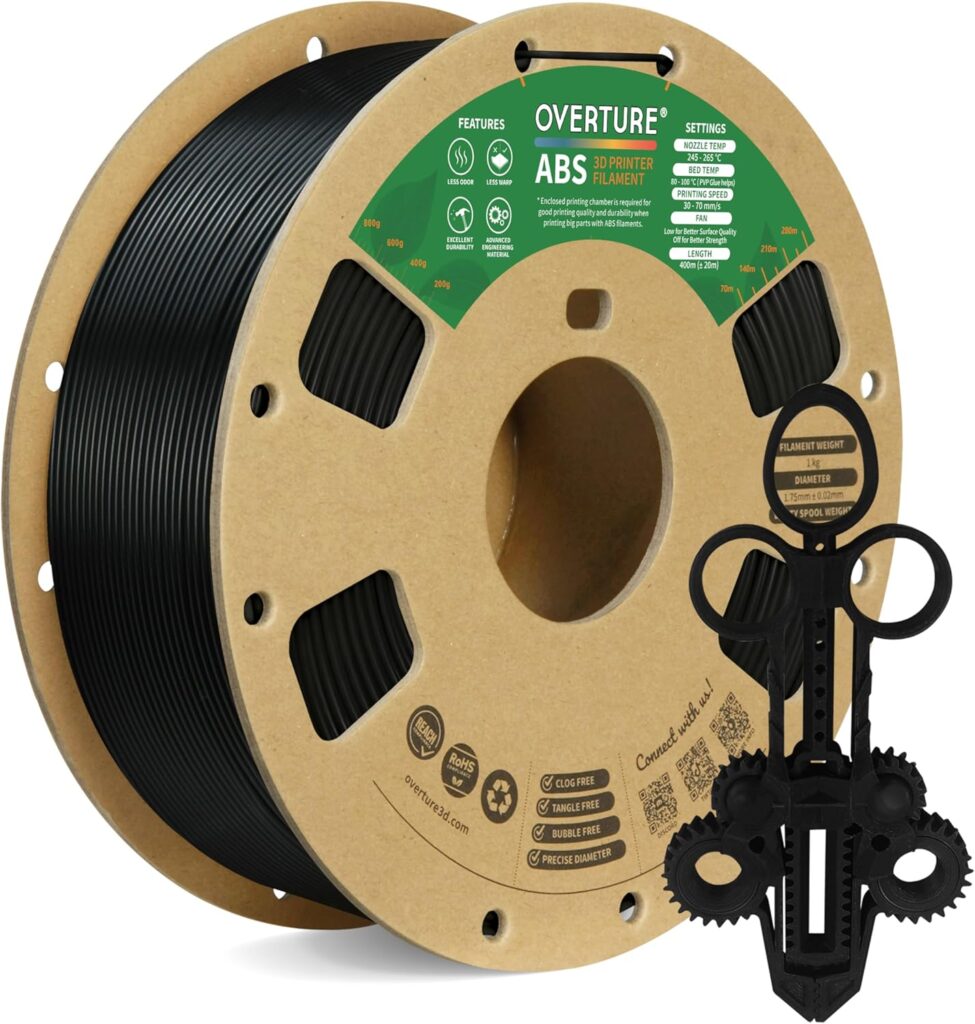
OVERTURE’s ABS filament is praised for its dimensional accuracy and consistent performance, ideal for various printing projects.
Making the Right Choice
Your choice between PLA and ABS depends on your specific project requirements:
- Choose PLA if:
- You’re new to 3D printing and seek an easy-to-use filament.
- Your project doesn’t require high heat resistance or significant mechanical strength.
- Environmental impact is a concern for you.
- You need a material that prints with minimal warping and excellent detail.
- Choose ABS if:
- You need durable and impact-resistant parts.
- Your project will be exposed to higher temperatures.
- You’re equipped to handle the printing challenges associated with ABS, such as warping and fumes.
- You want the ability to smooth and polish your prints using acetone vapor.
For a more in-depth look at some of the best filaments available on Amazon, you might find this video helpful:
Conclusion
Both PLA and ABS have their advantages and disadvantages, making them suitable for different applications. PLA is perfect for beginners and those focused on aesthetics and environmental impact. ABS, on the other hand, is the preferred choice for professionals needing strength, durability, and heat resistance. By understanding the characteristics of each filament and experimenting with different brands, you can find the best material for your 3D printing needs.
Ultimately, the decision comes down to your specific project requirements, printing setup, and experience level. Whichever filament you choose, investing in high-quality materials will significantly enhance your 3D printing experience and ensure the best possible results.
